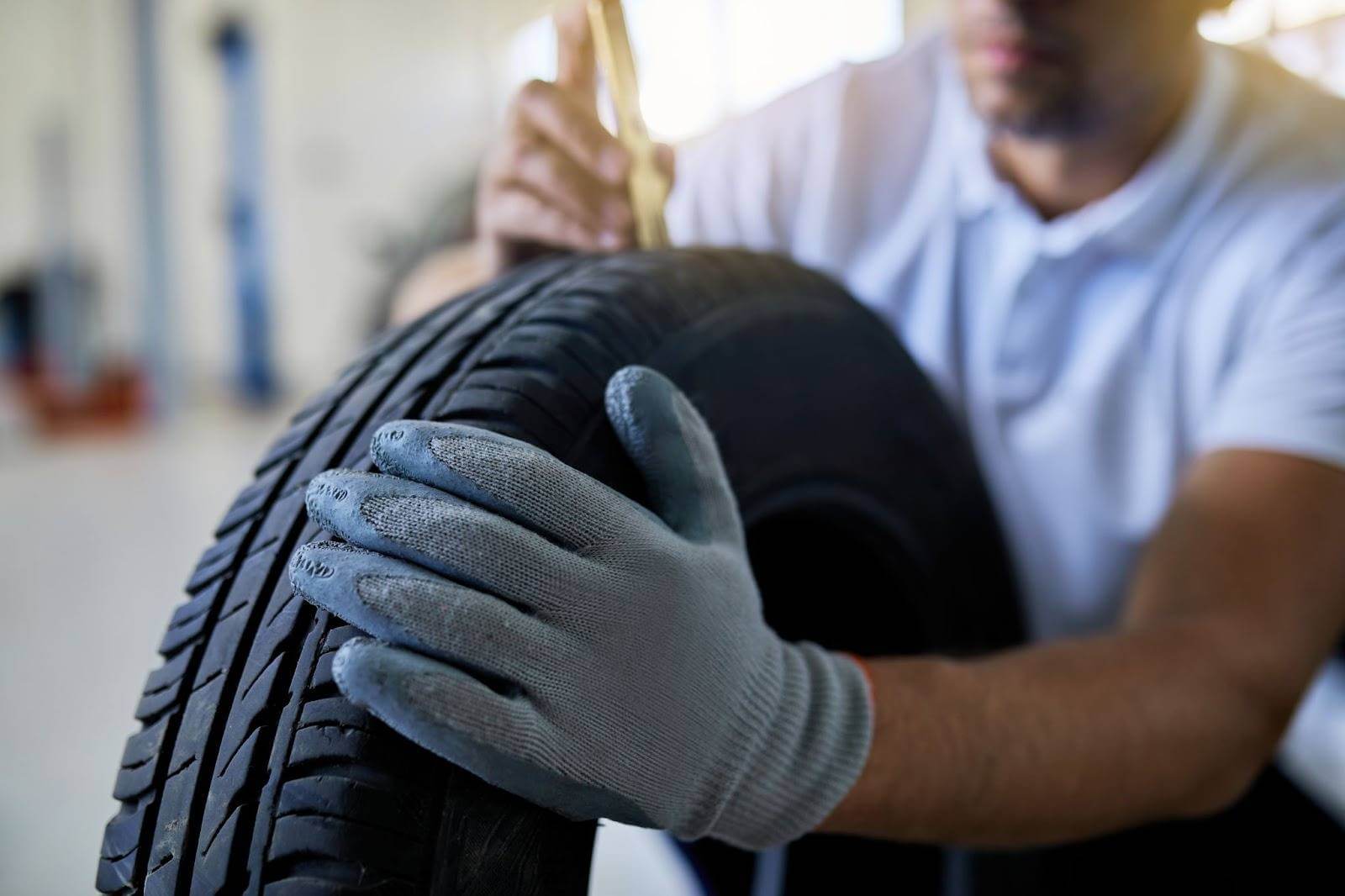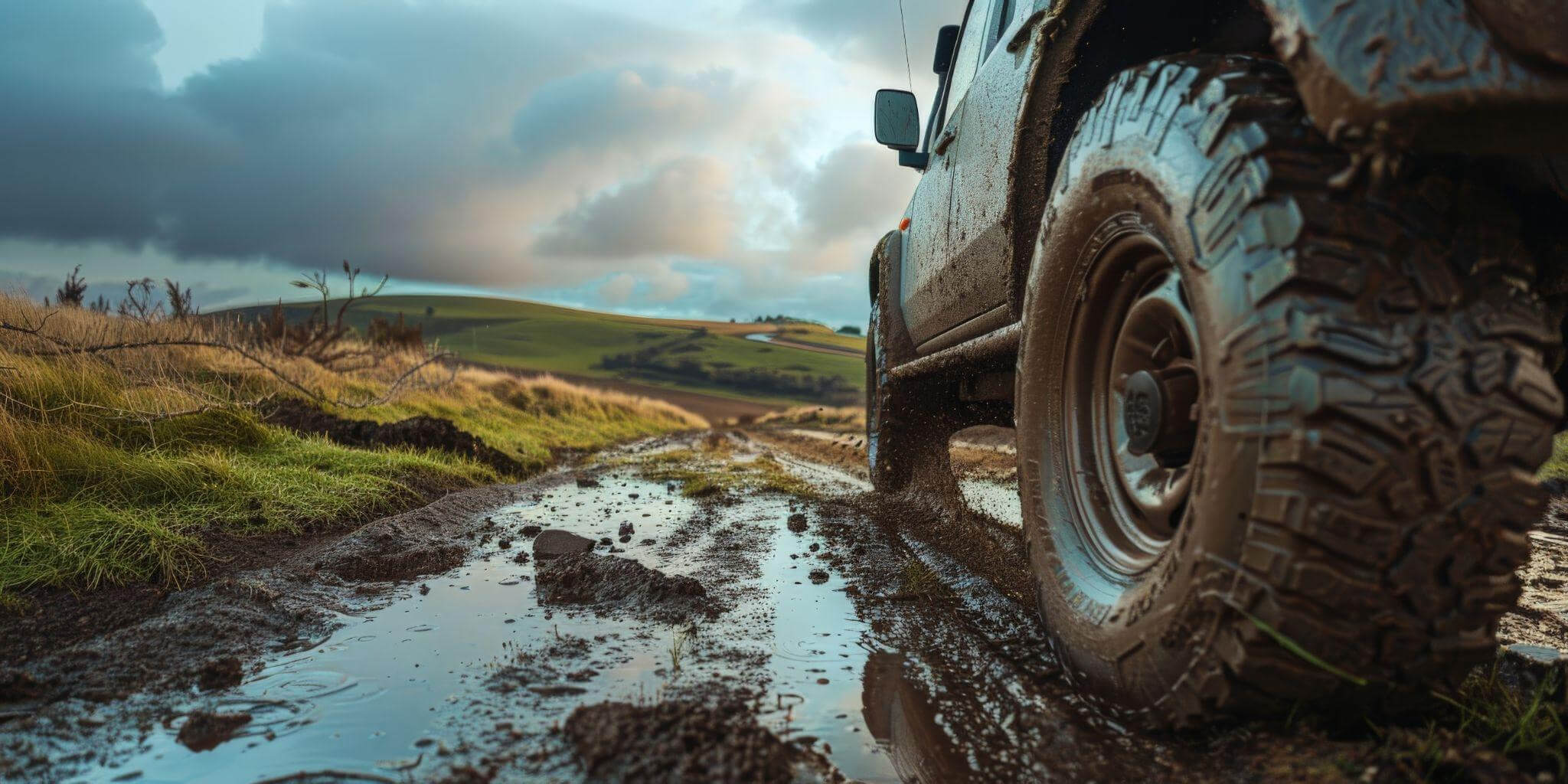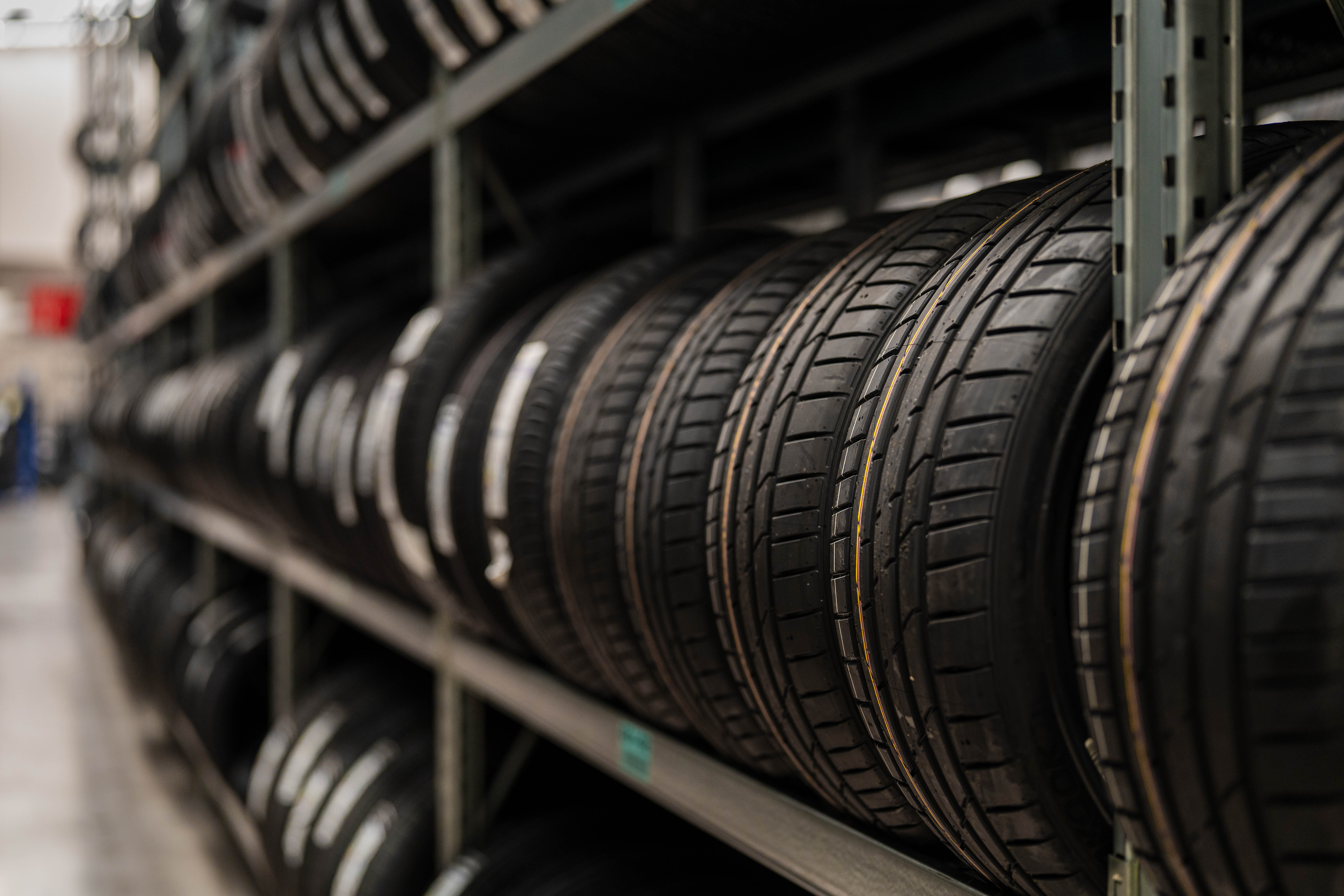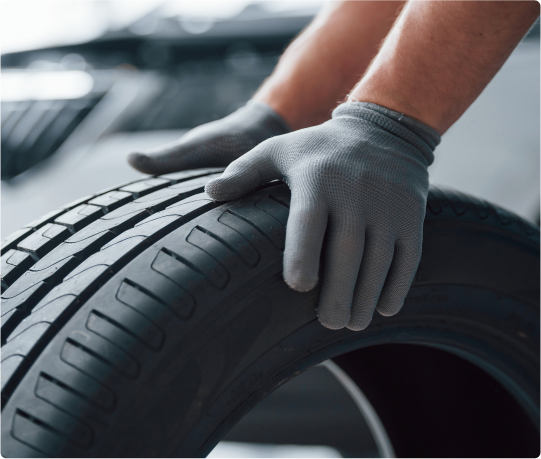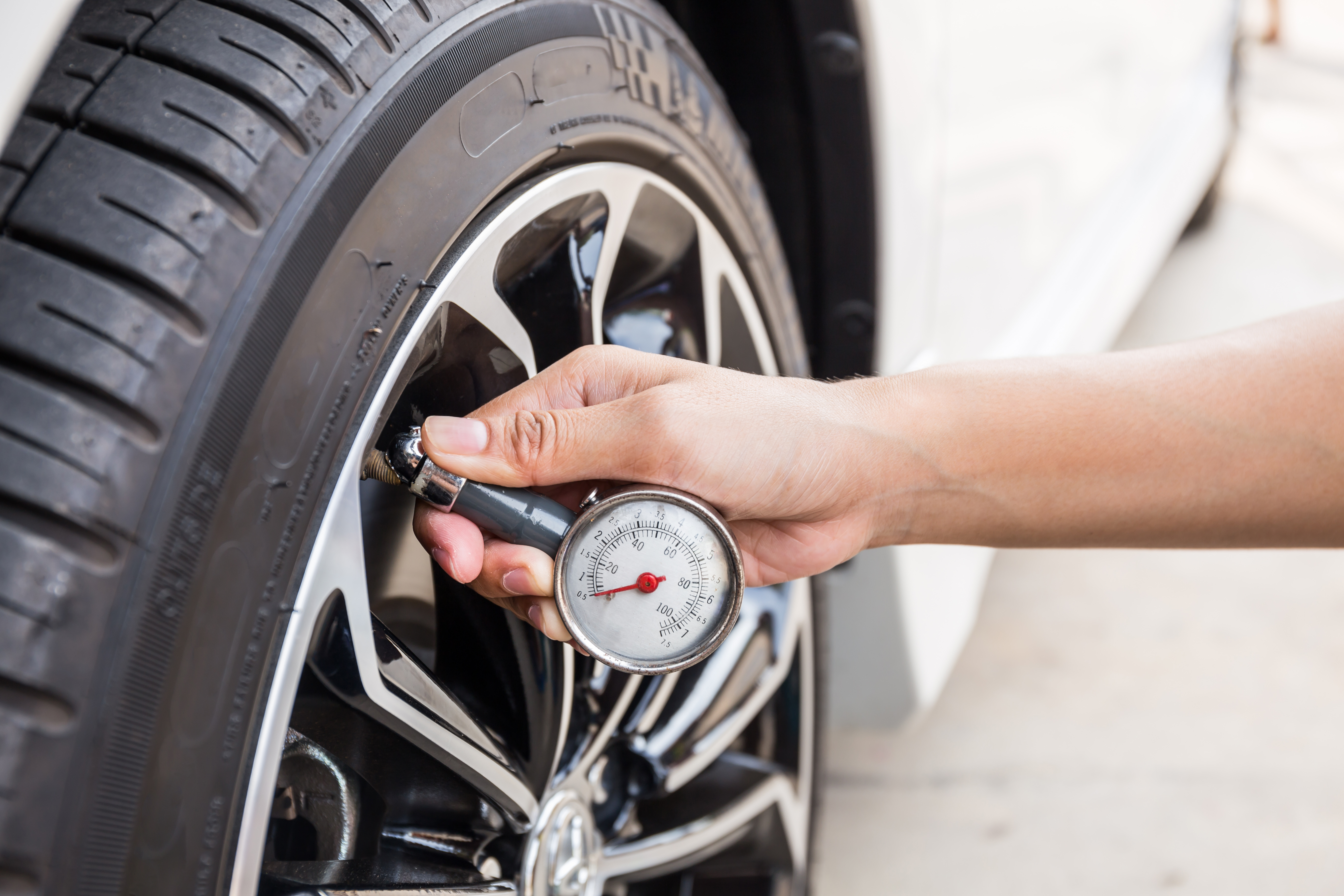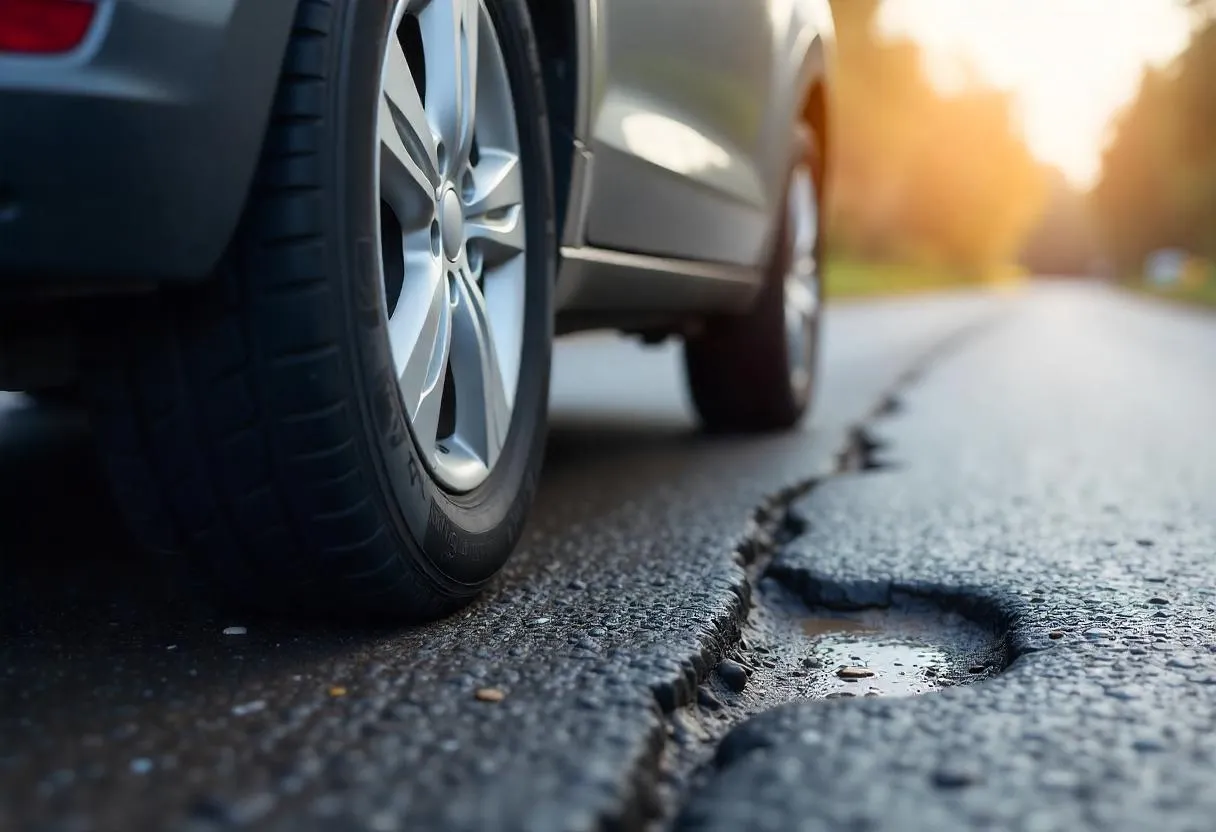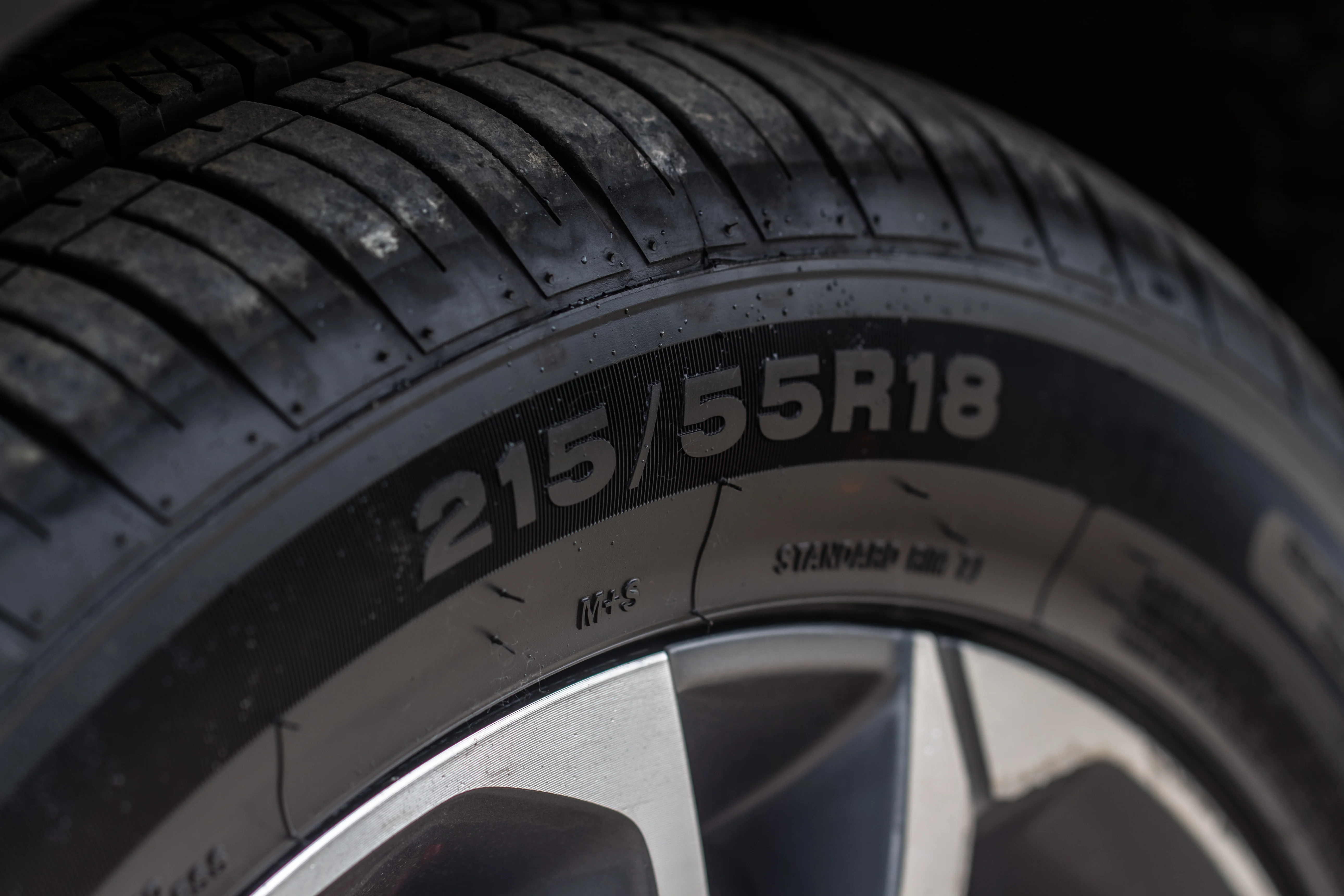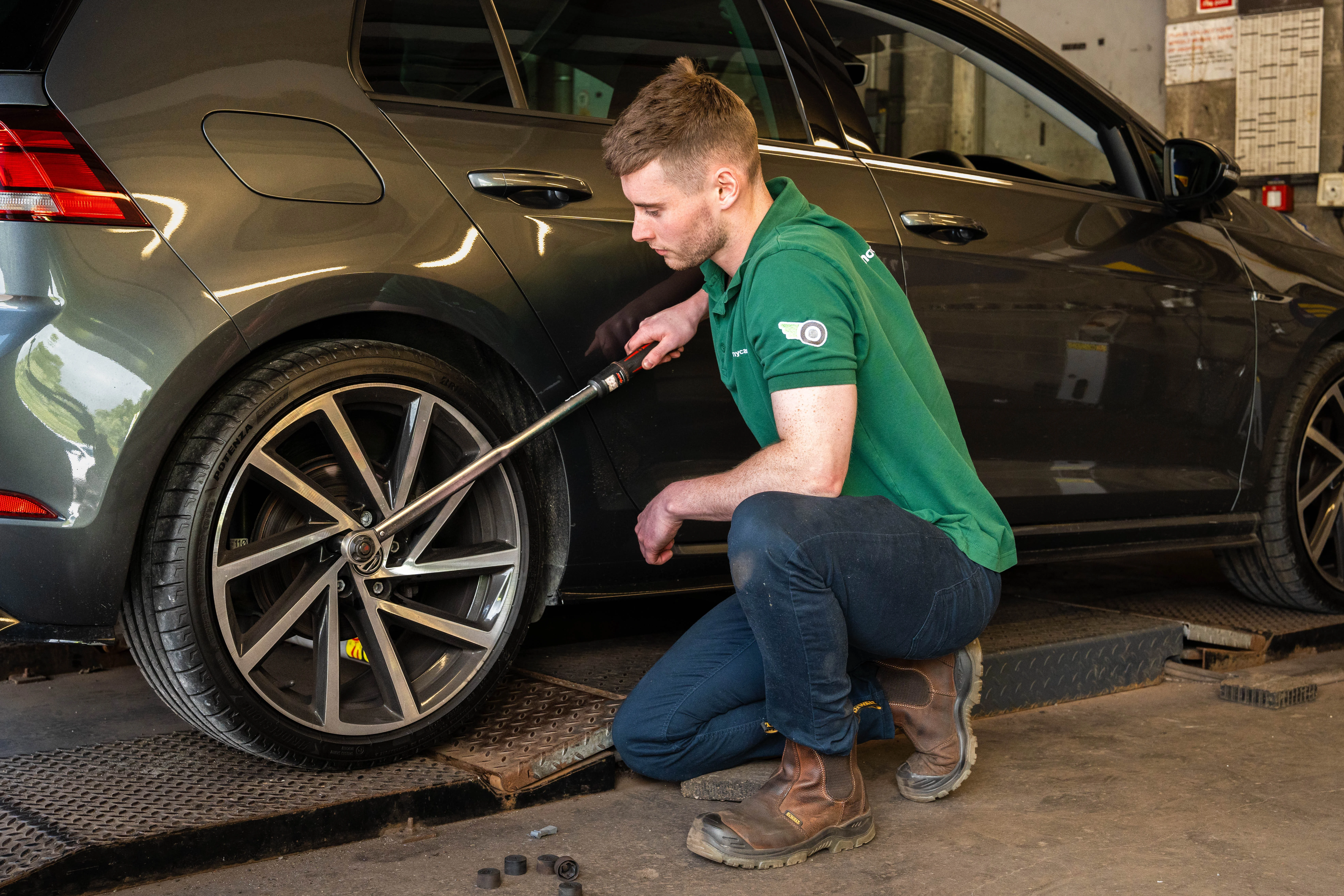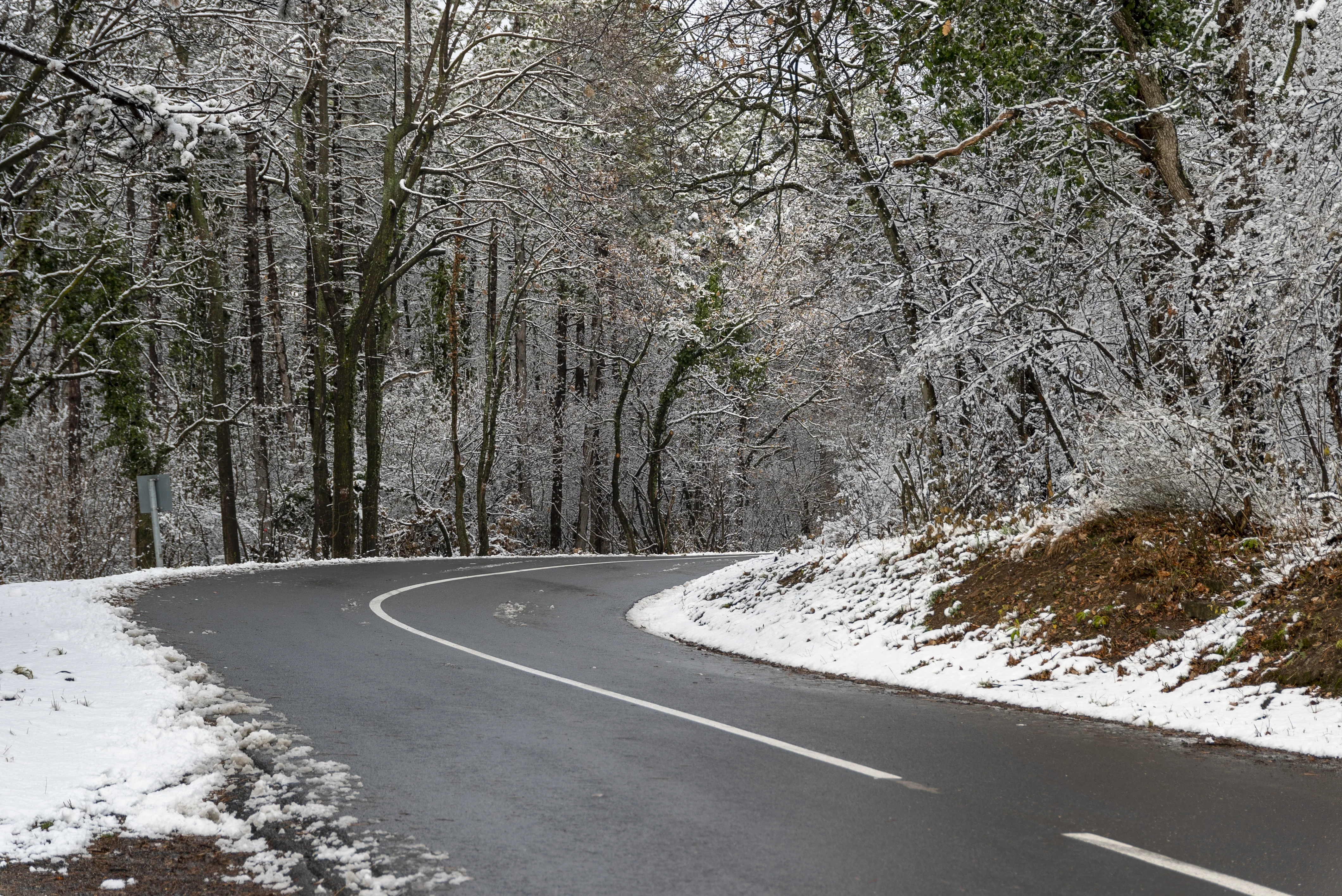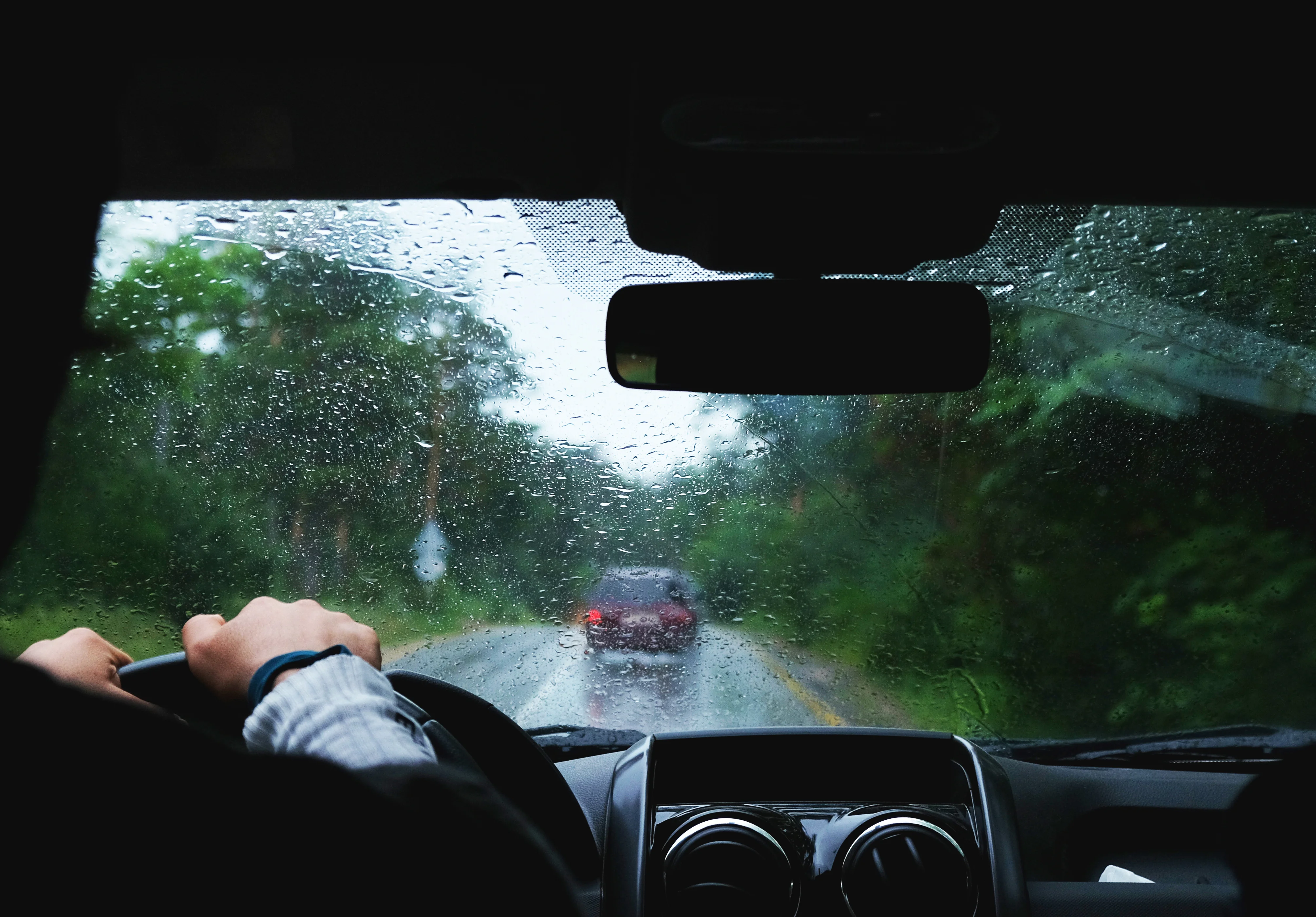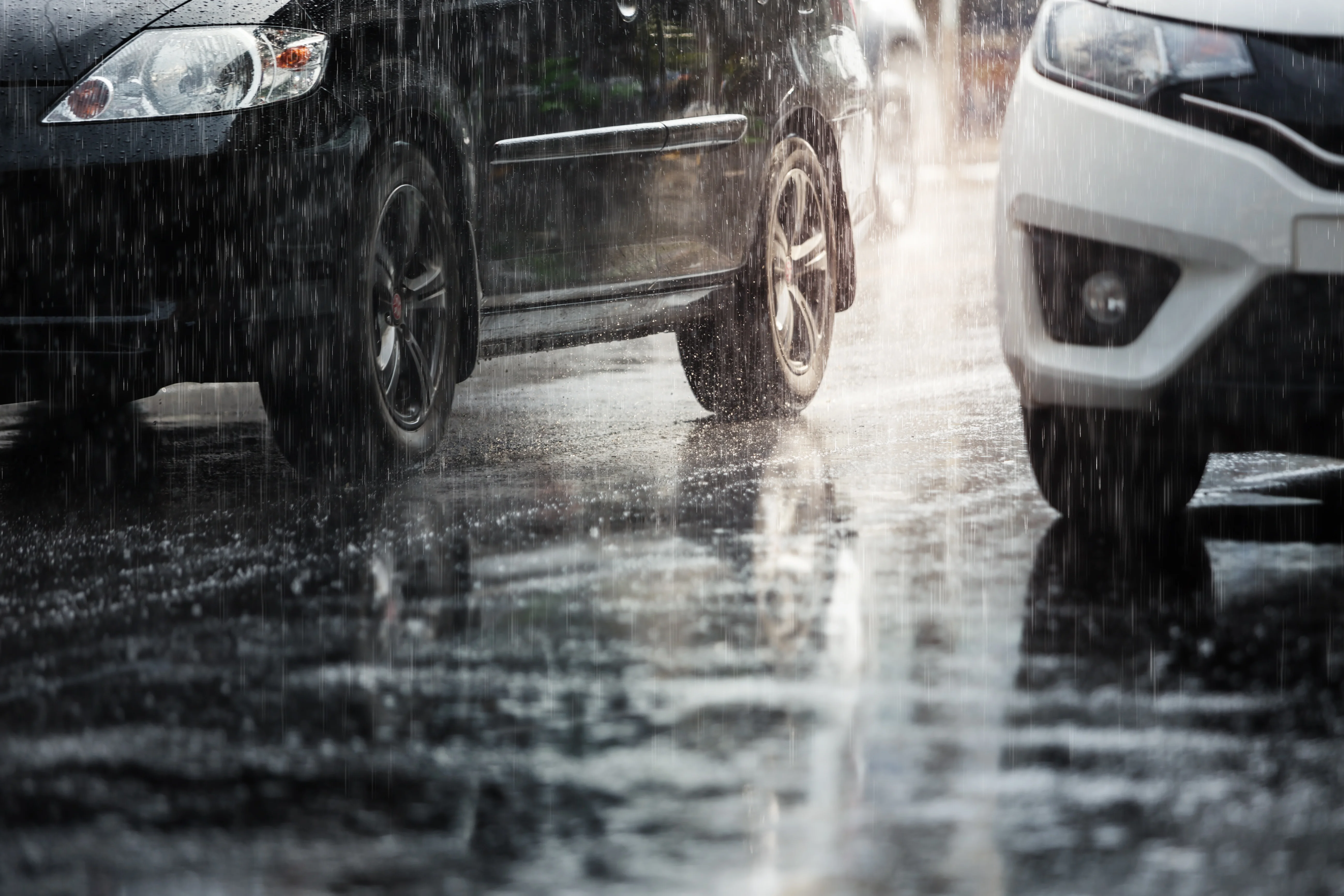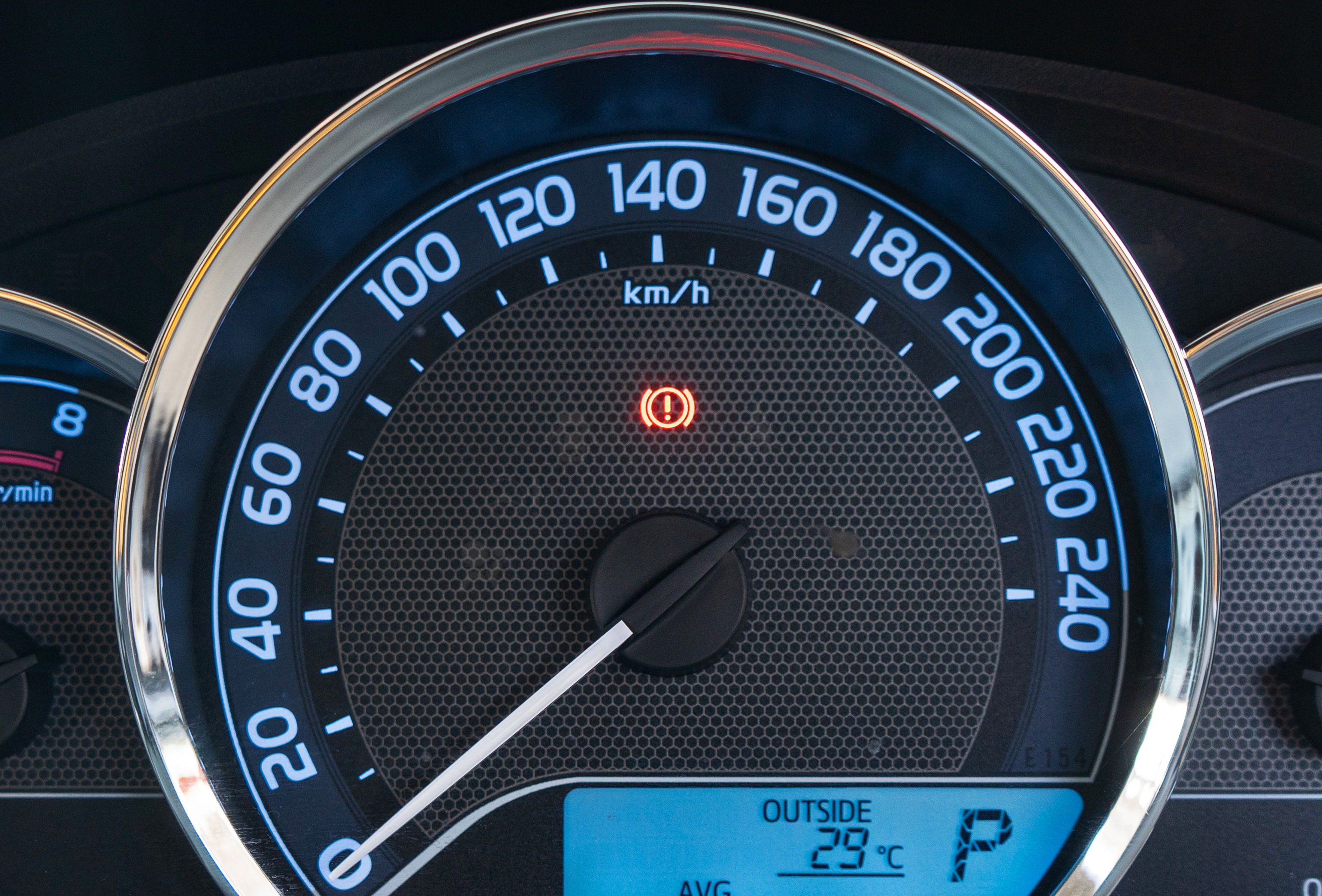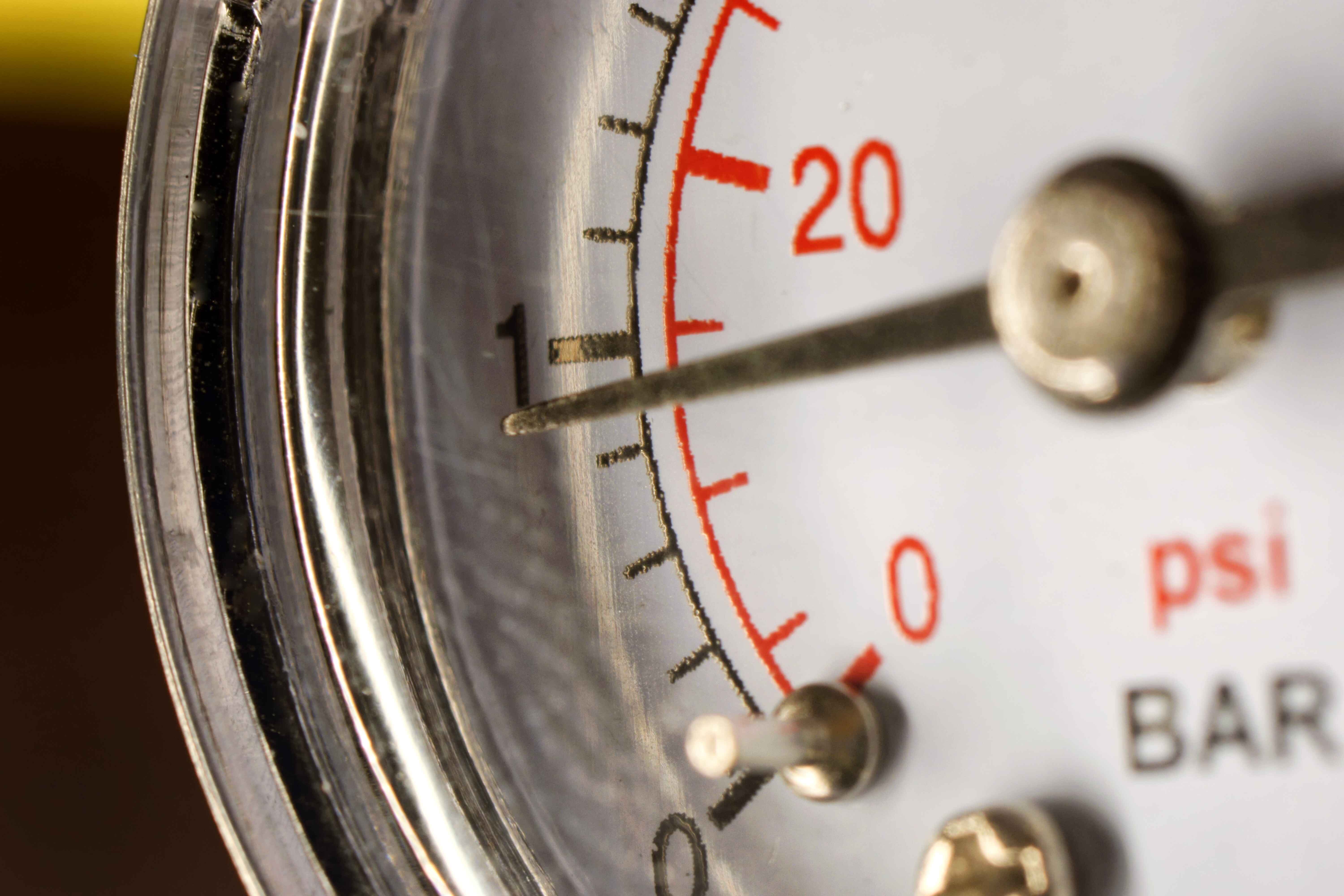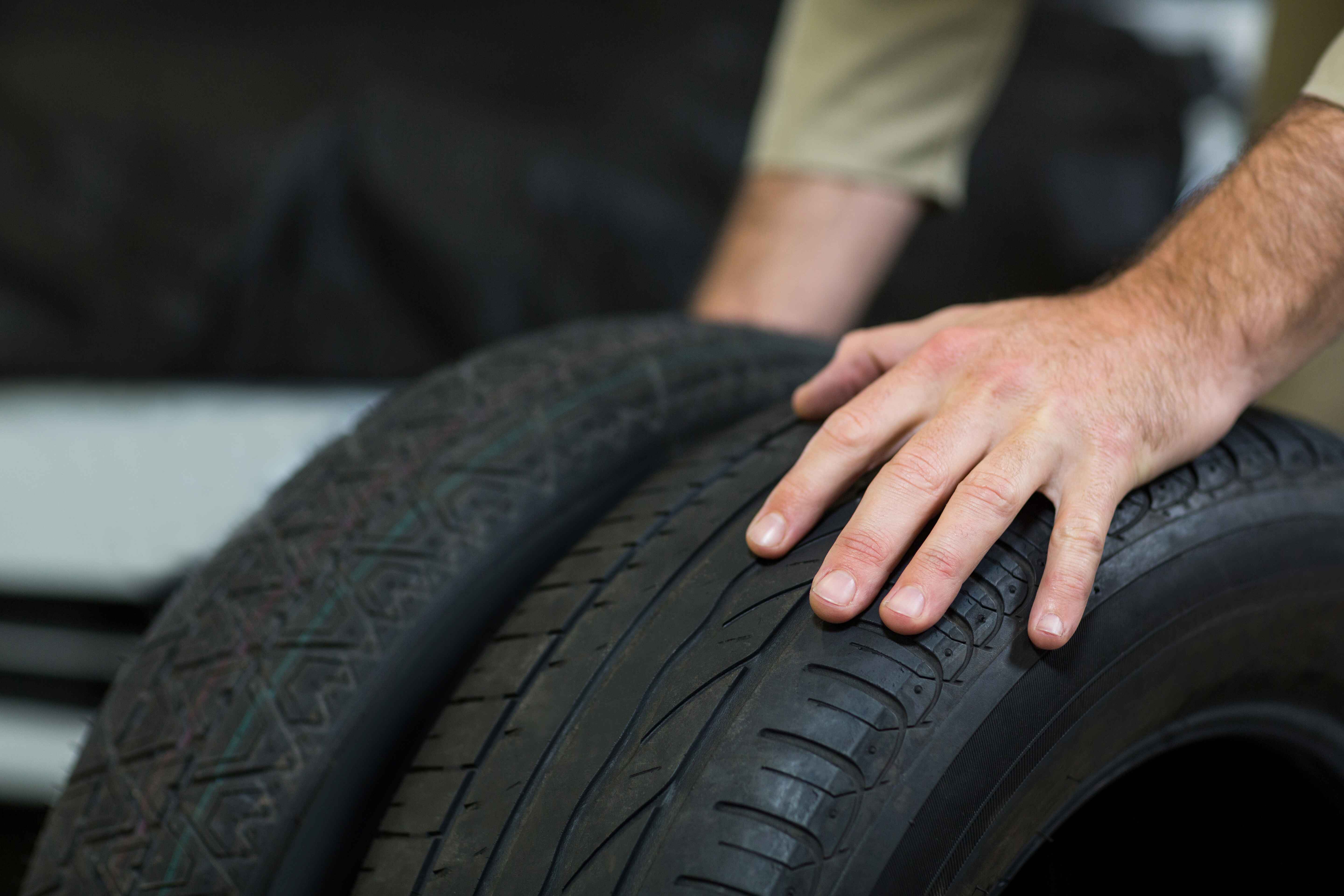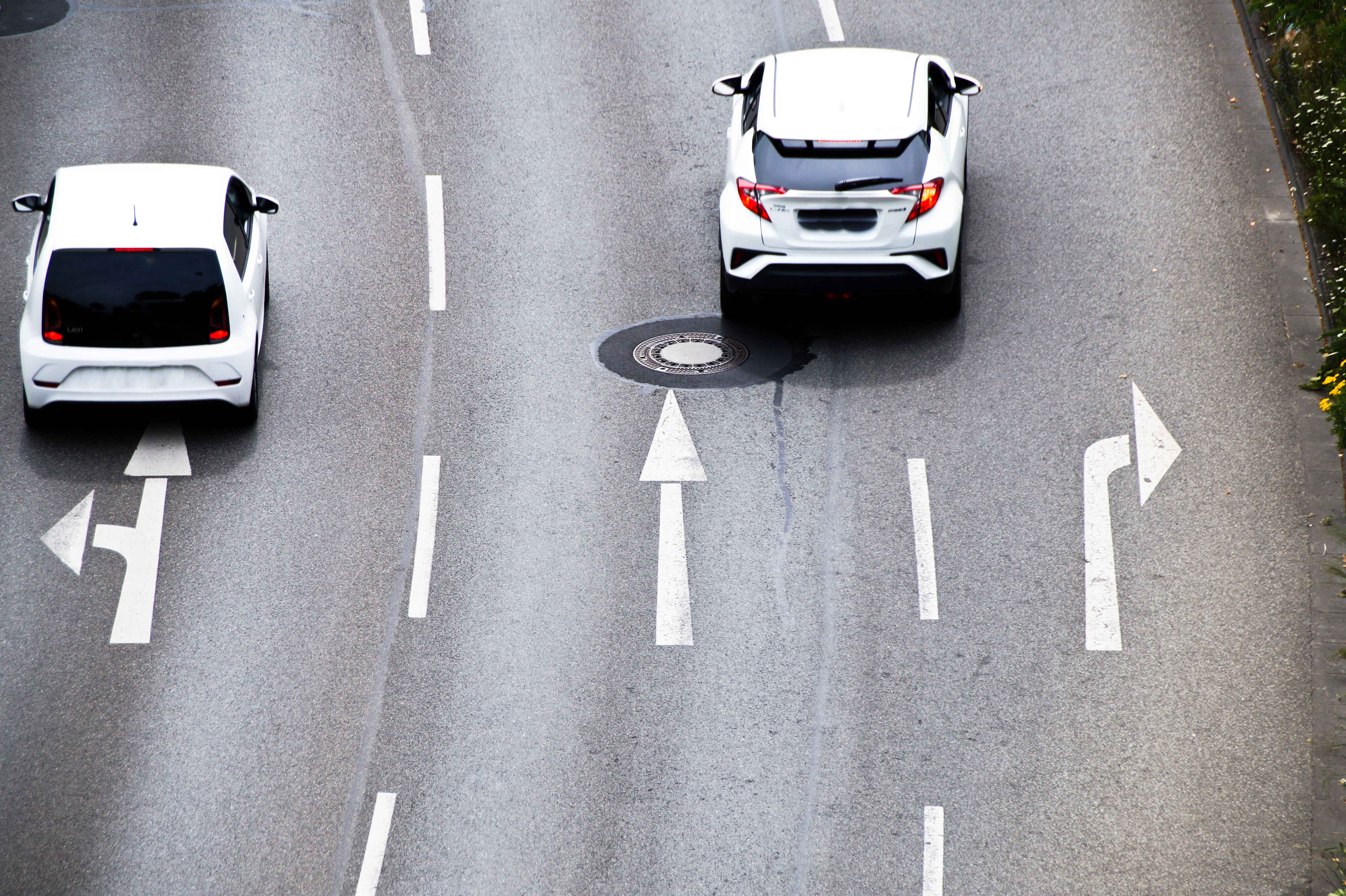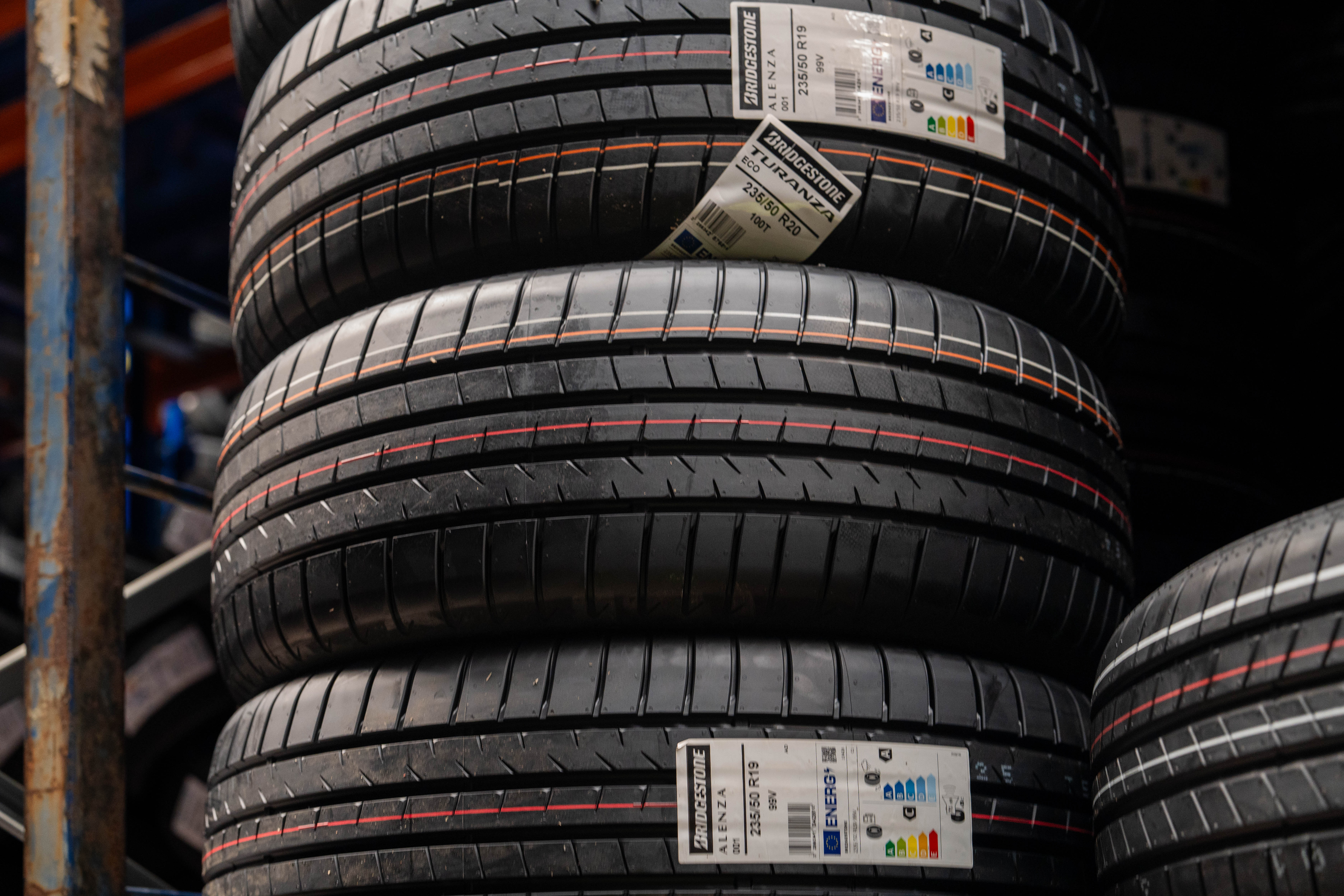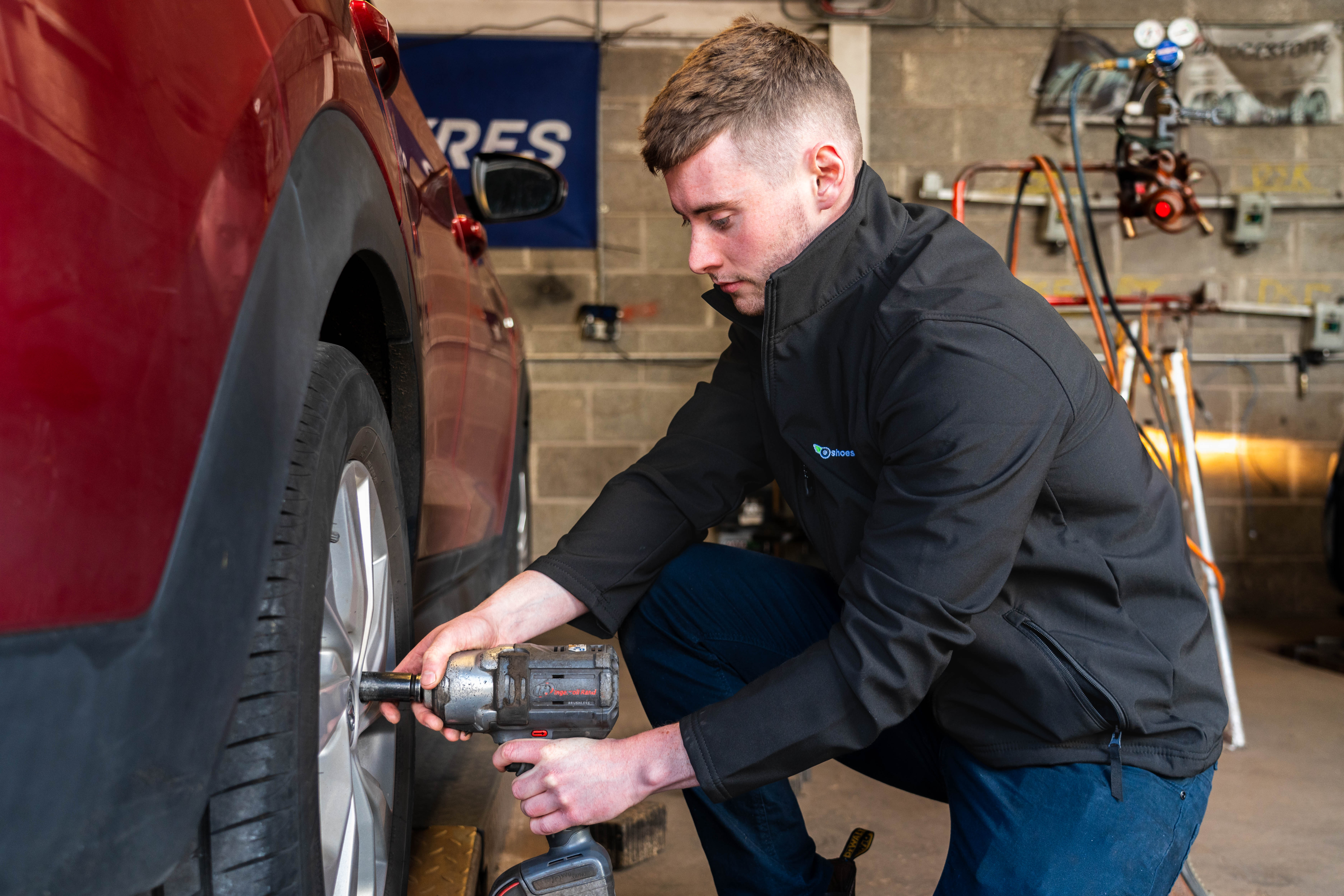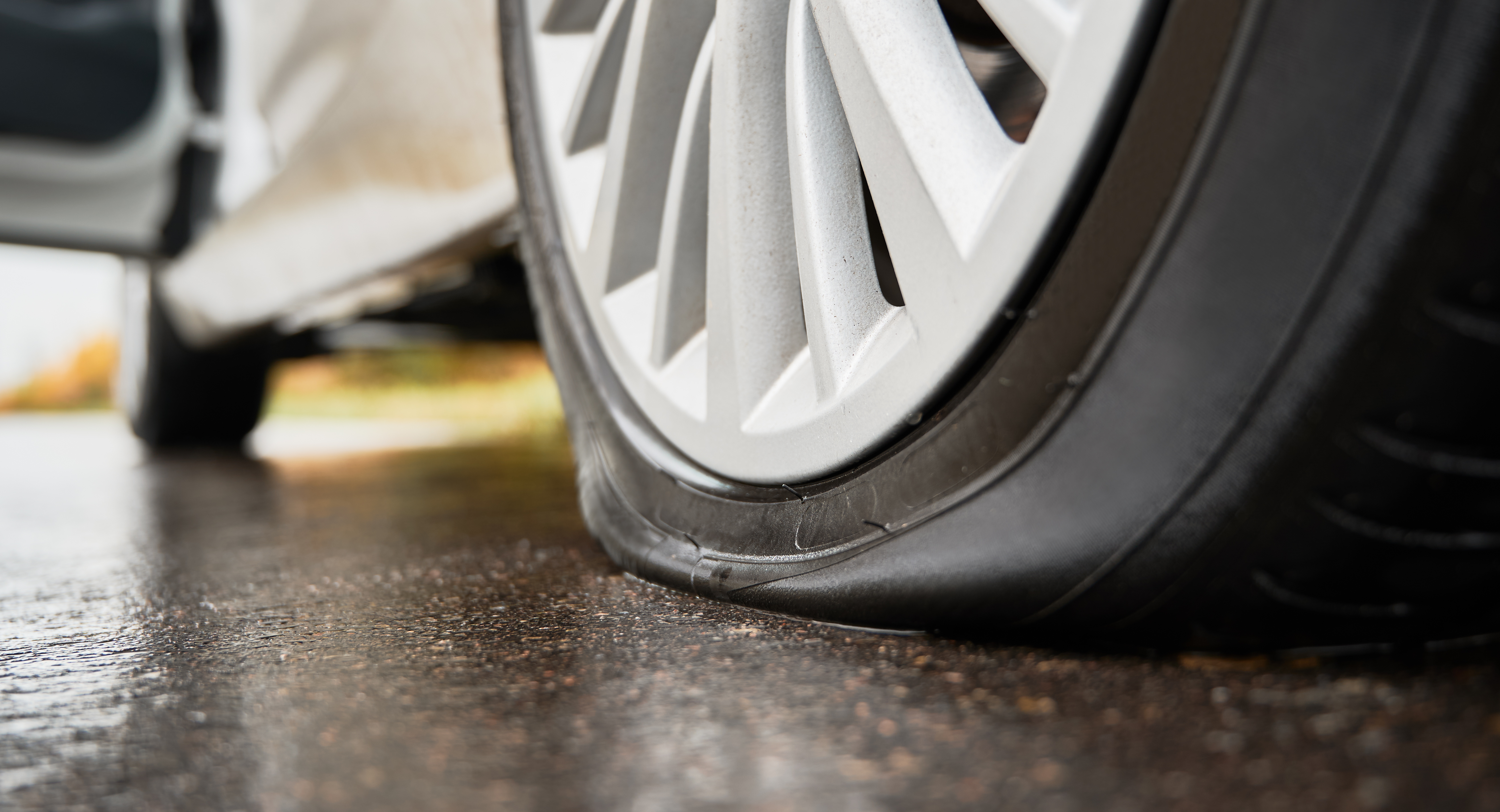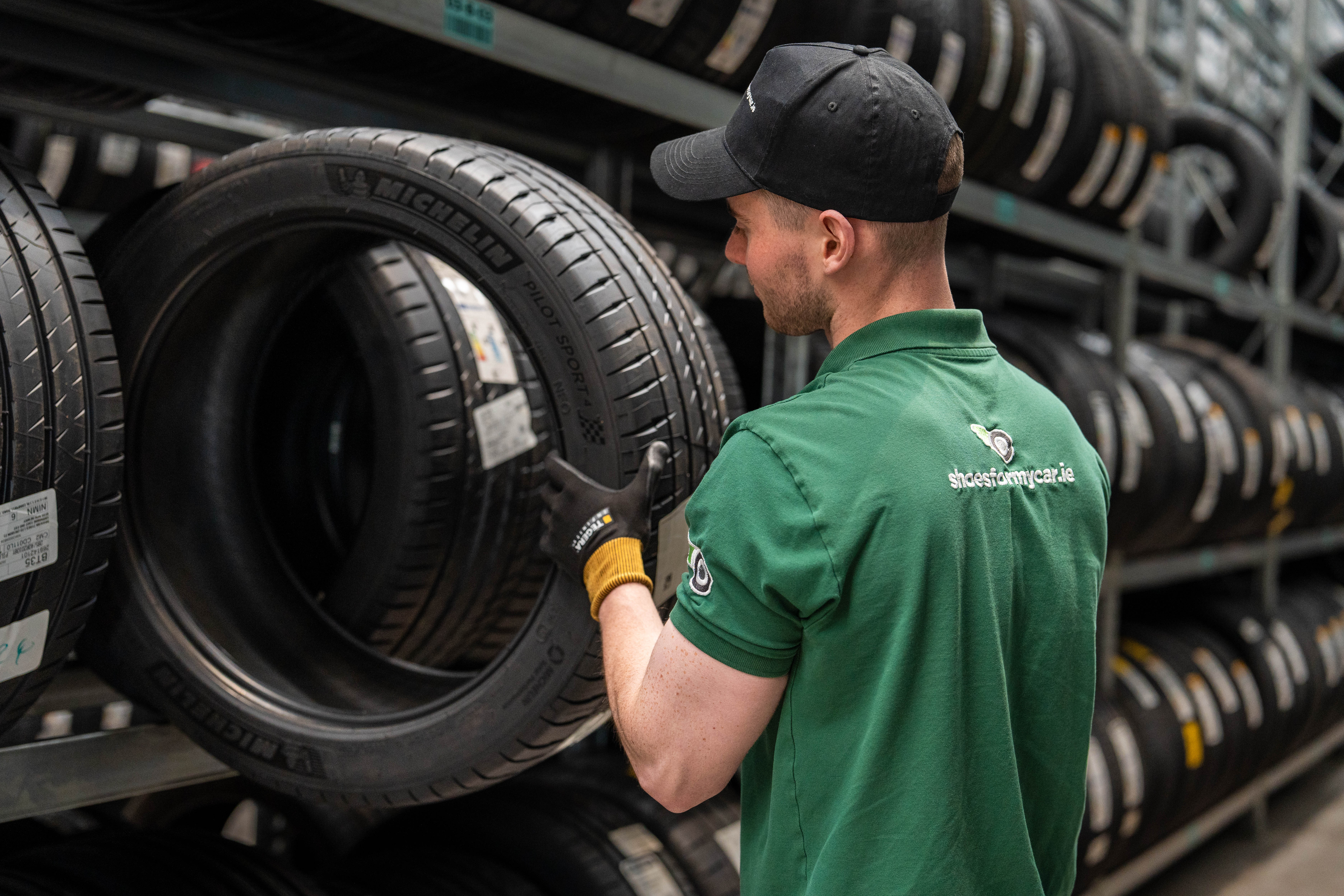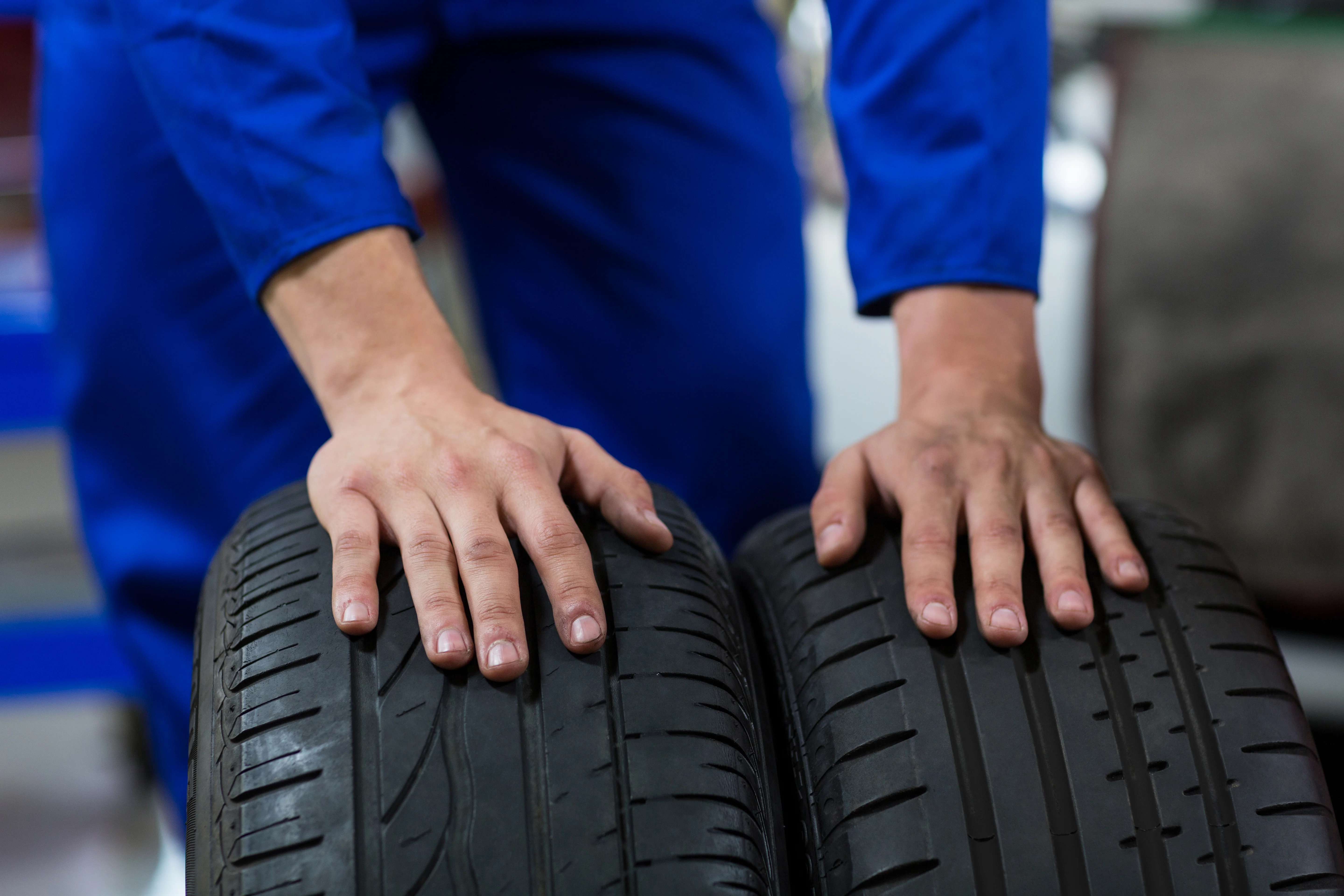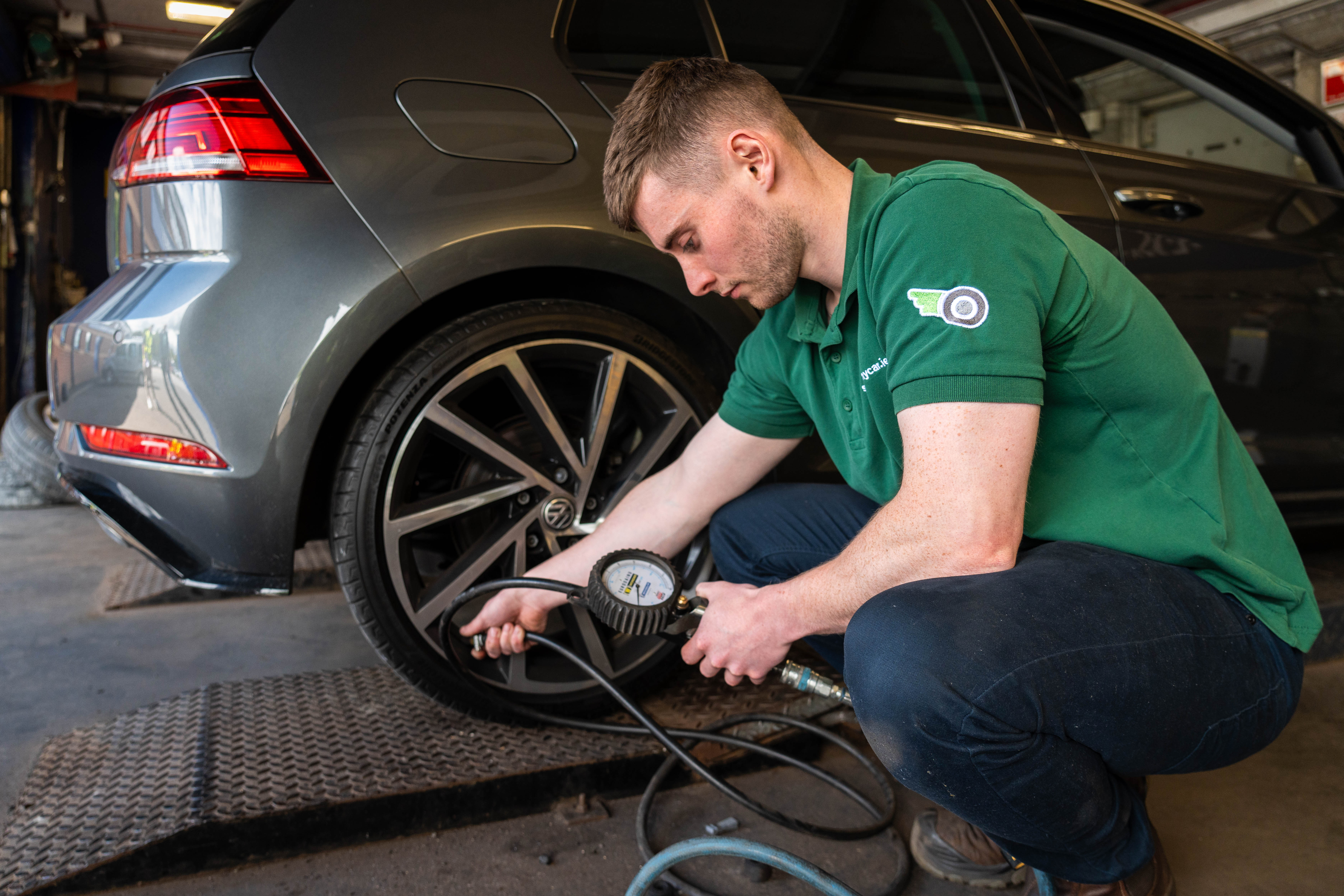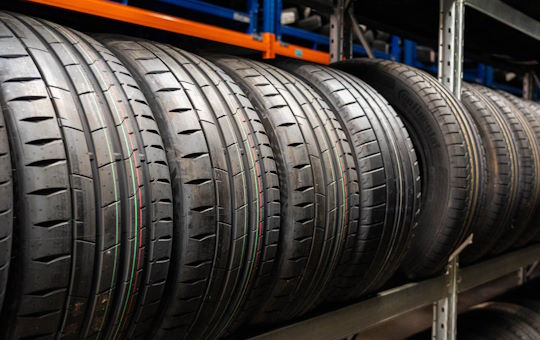Fog can be one of the trickiest weather conditions to drive in.
When driving in dense fog, it’s harder to see road markings, other vehicles, and hazards ahead, and judging distances becomes much more difficult. Because of this, it’s essential to adjust your driving habits to stay safe, protect other road users, and avoid accidents.
So, what should a driver do when driving in dense fog? Here are the key steps to follow that will help you maintain control and keep your journey as safe as possible.
What Should a Driver Do When Driving in Dense Fog?
When fog sets in, normal driving routines don’t apply. You need to slow your pace and rely on your senses more than usual. Understanding the proper techniques to drive in fog will help reduce risks and keep you and others safe on the road.
Slow Down and Stay Alert
Reduced visibility means you have less time to spot hazards such as stalled vehicles, pedestrians, or obstacles. By lowering your speed, you increase your reaction time, which is essential in dense fog. Avoid rushing and be prepared for sudden stops or changes in traffic patterns.
Use Your Low-Beam Headlights
Many drivers make the mistake of switching on their high beams in fog, thinking it will improve visibility. In reality, high beams reflect off the fog droplets and create a glare that worsens your vision. Low-beam headlights are the safest choice because they cast light downwards and reduce the glare, allowing you to see the road more clearly.
Turn On Your Fog Driving Lights If You Have Them
Fog lights are designed to cut through fog by projecting a wide, low beam that illuminates the road surface directly in front of your vehicle. Using fog driving lights along with your dipped headlights improves visibility without dazzling other drivers. Remember to switch them off once the fog clears to avoid blinding oncoming traffic.
Maintain a Larger Following Distance
Fog increases stopping distances because it’s harder to see obstacles in time. Keeping a bigger gap than usual between you and the car ahead gives you more space to brake safely. Avoid tailgating at all costs - in foggy conditions, it could lead to serious accidents.
More on braking distances in different weather conditions
Use Road Markings to Guide Your Position
When visibility drops, it can be difficult to judge your position on the road. Use the left edge of the road or lane markings as visual guides to help stay in your lane. This is especially important on narrow or winding roads, where drifting out of your lane can be very dangerous.
Avoid Sudden Manoeuvres
Sudden braking, sharp turns, or quick acceleration increase the risk of losing control, especially on potentially damp or slippery surfaces under fog. Make all movements gradual and deliberate, allowing your car to respond smoothly.
Additional Tips for Driving in Fog
Foggy conditions require extra care beyond basic driving techniques. These additional tips will help you manage the unique challenges that fog brings.
Keep Your Windows Clear
Fog often causes condensation inside your car’s windows, which can further reduce visibility. Use your vehicle’s demister and windscreen wipers to keep all windows clear. This helps you maintain the widest possible field of vision.
Be Extra Cautious of Cyclists, Pedestrians, and Animals
Fog makes it much harder to see people and animals near or on the road. Slow down and stay vigilant, especially near rural areas or residential zones where cyclists, pedestrians, or wildlife might be present.
Use Your Horn Sparingly
In very thick fog, a short honk can alert other drivers or pedestrians to your presence when visibility is near zero. However, avoid prolonged or unnecessary use of the horn as it may confuse or startle others.
Avoid Relying Solely on Technology
While driver assistance systems and GPS can be helpful, they aren’t foolproof in fog. Always use your eyes and judgment first. Technology should support your decisions, not replace your awareness.
Consider Postponing Your Journey
If the fog is particularly dense and visibility is near zero, the safest option might be to delay your trip until conditions improve. It’s better to be safe and wait than to risk an accident.
All-season tyres are perfect for driving in any weather.
Driving in dense fog demands patience, caution, and a clear understanding of how to use your vehicle’s features properly. By slowing down, using low-beam and fog driving lights correctly, and staying alert to your surroundings, you can significantly reduce the risks involved. Always prioritise safety - if the fog looks too thick, consider postponing your journey until it clears.
Be Prepared for Emergencies
Driving in foggy conditions can increase the chances of unexpected situations like breakdowns or minor accidents. It’s important to be ready for these by keeping some essential items in your vehicle. Staying warm, visible, and safe is a priority if an emergency happens on foggy roads. Being prepared helps you handle emergencies calmly and safely until help arrives.
Emergency Preparedness Checklist for Driving in Fog
- ✓ Keep a flashlight in your vehicle for visibility and signalling help
- ✓ Carry blankets to stay warm if you are stranded
- ✓ Have a basic first aid kit for treating minor injuries
- ✓ Ensure your mobile phone is fully charged before your trip
- ✓ Keep a phone charger in the car to maintain battery power
- ✓ Be ready to call for assistance quickly if needed
Get the Right Tyres for Any Weather
No matter the weather - fog, rain, ice, or shine (and sometimes all in the same day!) - having the right tyres is key to staying safe on Ireland’s roads. At Shoes For My Car, we offer a wide range of quality tyres designed to perform in all conditions, including dense fog. With convenient fitting options across Ireland and expert advice, we’re here to help you find the perfect fit for your vehicle and driving needs. Drive confidently and safely by choosing your tyres from Shoes For My Car today.
Frequently Asked Questions
What type of tyres perform best in foggy conditions?All-season or wet-grip tyres are ideal for fog, where damp or slick roads are common. These provide better traction and shorter braking distances.
Do foggy conditions affect tyre pressure?Yes. Fog often comes with cooler temperatures, which can lower tyre pressure. Check your pressure regularly to maintain grip and stability.
How can I see better while driving in thick fog?Use fog lights or dipped beams—never high beams, as they reflect off the fog. Keep your windscreen and mirrors clear using your demister and wipers.
Is it safe to drive with worn tyres in fog?No. Worn tyres reduce grip and increase stopping distance. In low visibility, that extra stopping distance could be critical.
What speed should I drive at in fog?Drive slower than usual. Use road markings to guide you and maintain a safe distance from the vehicle ahead. Only travel as fast as you can safely stop.
Should I pull over if visibility gets too bad?Yes, if it's unsafe to continue, pull over in a safe spot—ideally a layby—not on the hard shoulder. Turn on your hazard lights to alert other drivers.


